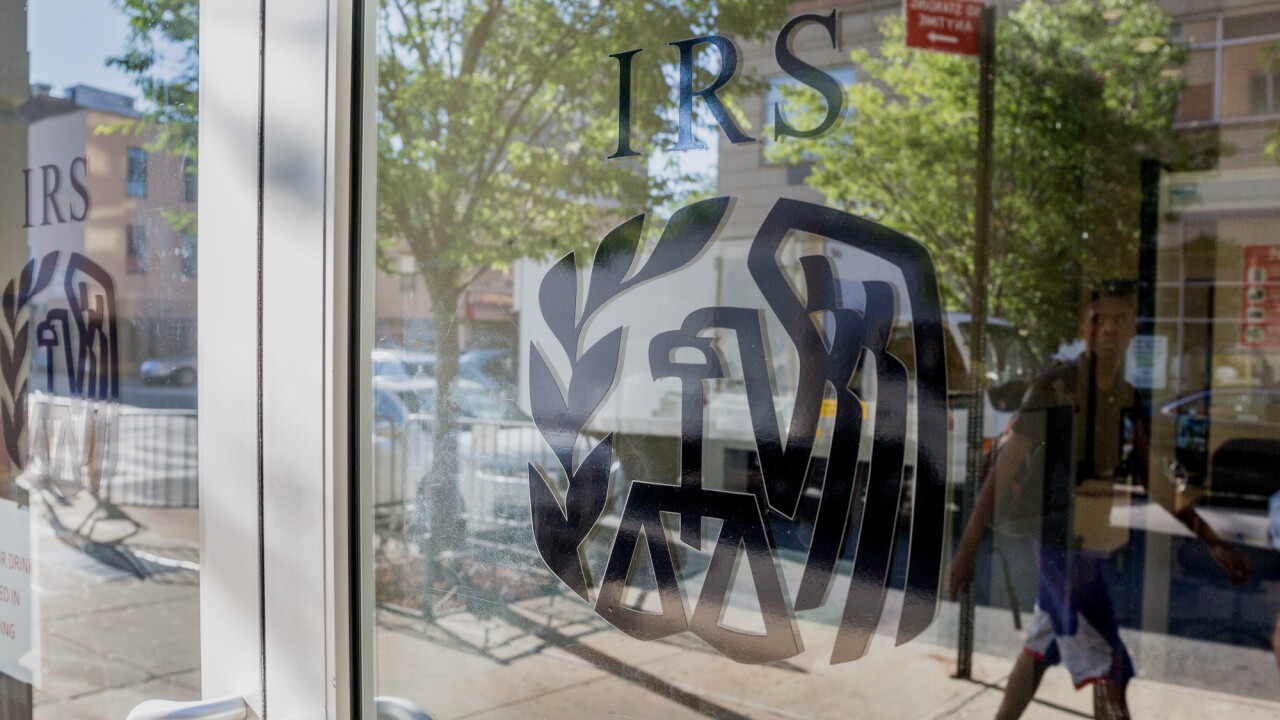Tax preparers no longer use a horse to get to work or a washtub to rinse laundry, yet many continue to keep around a once-indispensable tool that’s slowly becoming antique.
“I recently thought of clearing my desk of the desktop adding machine, but something holds me back,” said Jeff Gentner, an Enrolled Agent in Amherst, N.Y. “Maybe I think it impresses the clients.”
Laurie Ziegler, an EA at Sass Accounting, in Saukville, Wis., uses a 10-key calculator. “I’ve used one for over 30 years,” she said. “When I have to replace it – I’ve worn out more than one – I look for one with similar features so there isn’t a big learning curve.”
$500 for geared wheels
The adding machine began with a pre-electronic mechanism that endured, in various forms, for centuries. Researchers have claimed that Leonardo da Vinci conceived of the first mechanical calculator more than 500 years ago. The modern adding machine using geared wheels, has been credited to a young Blaise Pascal in the mid-1600s; the 19-year-old Pascal likely made the device to help his father, a clerk, in his work – and later went on to become a famous mathematician and thinker.
A few decades later, German philosopher and mathematician Baron Gottfried von Leibniz created a mechanism for performing multiplication by a process of repeated addition. By 1820, machines using this mechanism were being produced commercially.
William Seward Burroughs, grandfather of the famous novelist, was a bank clerk in the 1870s when he became interested in perfecting previous – often laughably faulty – adding machine mechanisms. Soon after, while working for a machine company in St. Louis, he perfected and patented a design and began selling machines for almost $500. (Prices for the printing calculator, today’s descendent of the lever-operated adding machine, start at about $40.)
By 1900, sales took off internationally and in 1986 the Burroughs Corp. merged with Sperry Corp. to form Unisys.
“Been using one for over 30 years,” said Burbank, Calif., CPA Brian Stoner, “and still need it sometimes to verify adding and subtracting where it’s more of a pain to create a spreadsheet for something I’ll use once. I do tend to use my phone calculator a lot more than the calculator on my desk.”

Changing times?
“It’s used about once a day,” said Scott Kadrlik, a CPA with Meuwissen, Flygare, Kadrlik and Associates in Eden Prairie, Minn. “My younger staff don’t use calculators. They mostly calculate using Excel or the computer’s calculator feature.”
“I still have an adding machine on my desk, which I should admit needs to be discarded. Excel is my ‘adding machine.’ It lets me see my calculation and I can easily adjust a number that needs to be changed,” said Gail Rosen, a CPA with Wilkin & Guttenplan in Martinsville, N.J.
“I have an adding machine application on my computer that still makes clicking sounds,” said Aaron Blau, an EA and CPA in Tempe, Ariz. “It’s very helpful.”
“I also have a smaller handheld calculator that I often let clients use when they’re trying to add up a few items during the prep interview,” Gentner added.
“Last time I unburied my adding machine/printing calculator was [recently] for an IRS revenue agent who was in my office conducting a field examination,” said Phyllis Jo Kubey, an EA in New York. “It was pretty dusty and I realized that I hadn’t used it in years. I still do have – and use, although not as frequently as I used to – my HP12 financial calculator from the 1980s. Still works great!”
So do some work habits even older than da Vinci. “I use a calculator all the time,” said Jeffrey Schneider, an EA in Port St. Lucie, Fla. “I do the math, sometimes, in my head just for practice.”




